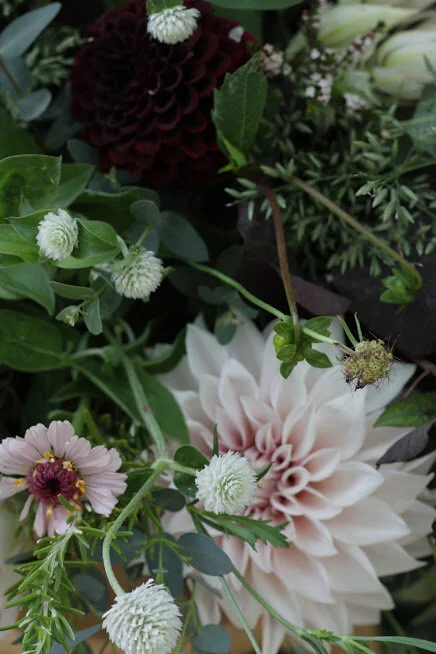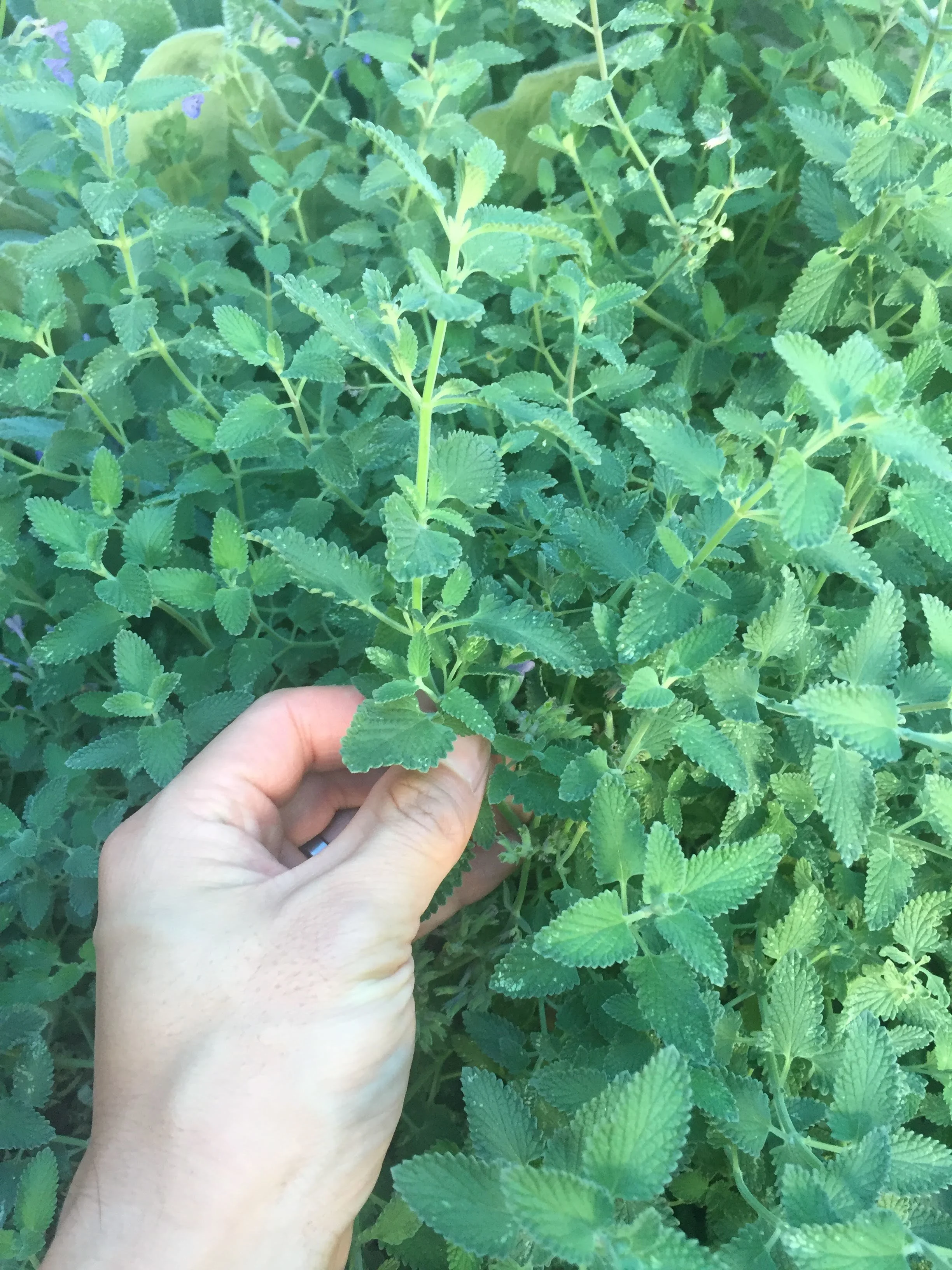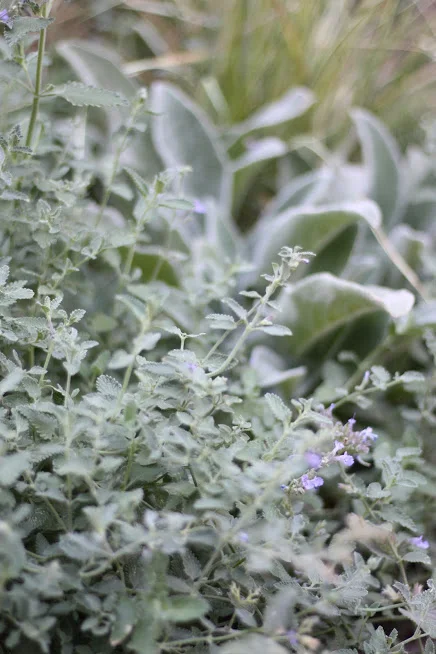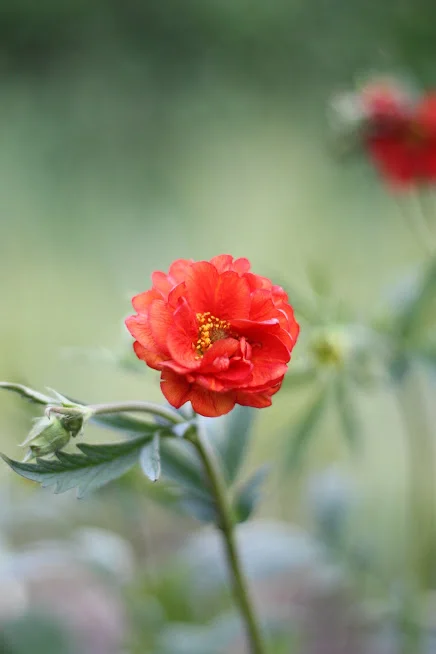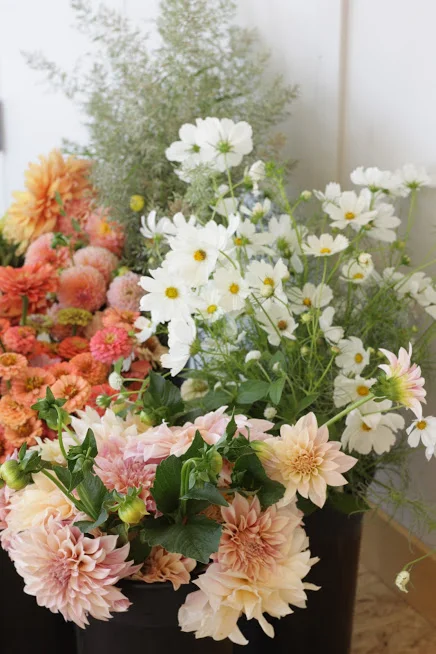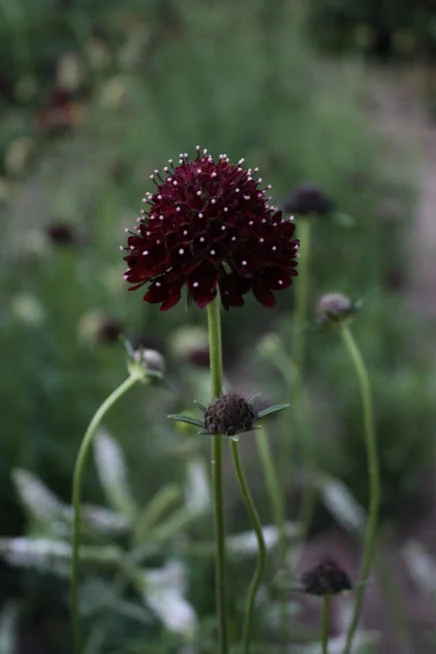Time is money, and for flower farmers that is a particularly accurate statement. There are only so many hours in a day, and although farmers in general are known to be hard-working people with grueling schedules, saving time is important.
More importantly, time is also about effort and efficiency. The more time, effort and stress that comes from flower farming, the higher the risk of burnout, getting injured or sick, and the less sustainable it becomes in the long term.
To save you some time (and work!), I wanted to share some things we’ve learned over the years to make our flower farming business more efficient
Read More